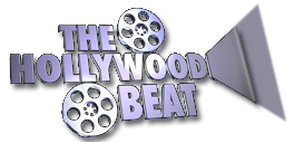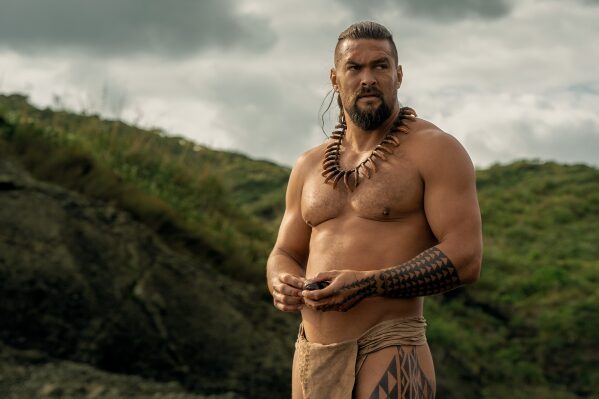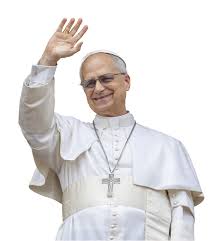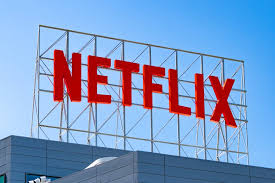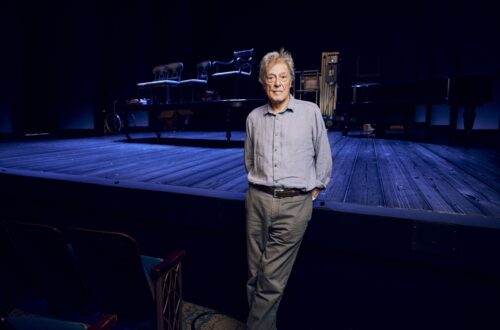In his new Apple TV+ series Chief of War, actor-producer Jason Momoa steps into the role of the late-18th-century aliʻi (chief) Kaʻiana — and with it comes a rigorous dive into the Hawaiian language, or ʻŌlelo Hawaiʻi. Determined to reflect the culture and heritage of his homeland with authenticity, Momoa underwent intensive coaching, memorizing lines in Hawaiian and working to nail pronunciation. The effort isn’t merely performative: it comes at a moment when the language itself is experiencing a revitalization, and when its presence on-screen carries meaning far beyond entertainment.
Momoa admitted the preparation was among the toughest tasks of his career. Despite hailing from Hawaii, he acknowledged that he didn’t grow up speaking Hawaiian fluently. Working with language coach Kahoʻokahi Kanuha — who reportedly lived with Momoa for nearly a year to support language training — the actor tackled vowel-rich phrases, unfamiliar cadences and the cultural weight behind the words. Both he and other cast members, only about 20 percent of whom were fluent at the outset, committed to delivering their lines in a way that felt natural and authentic.
The series itself marks a milestone: much of its dialogue is in Hawaiian, and it was created by Momoa and Hawaiʻi-born writer-producer Thomas Paʻa Sibbett with the intention of telling the unification of the Hawaiian Islands from an Indigenous perspective. By placing ʻŌlelo Hawaiʻi at the forefront, the show sends a message: the language is not a museum relic but a living part of cultural identity.
That message comes at a significant juncture for the language. Though ʻŌlelo Hawaiʻi was once banned in schools and its use in public life severely curtailed, recent data show an uptick in its use in homes and among younger generations. A 2024 report from the Office of Hawaiian Affairs counted some 27,338 people speaking Hawaiian at home — up from around 18,400 in 2016. Language-research organizations estimate that while fluent native speakers remain few, the total number of people studying or using Hawaiian has grown substantially.
Still, the statistics remind us of how far the language has come and how far it must go. For example, ʻŌlelo Hawaiʻi is now the most common non-English language spoken at home among school-aged children in Hawaiʻi. Yet overall proficiency remains small relative to the total population, and the language continues to carry the scars of colonial disruption.
Momoa views his work on Chief of War as part of a broader responsibility: to his ancestors, to the land and to future generations who might see themselves in Hawaiian history and language on a global platform. “If we don’t get it right, we don’t get to come home,” he has said of the project.
For Native Hawaiian viewers and learners of the language, the series and Momoa’s commitment to ʻŌlelo Hawaiʻi offer a powerful validation. They speak to a moment when culture and media converge, when historic wounds may begin to heal through visibility and voice. And for global audiences, the show provides an invitation: to listen, to learn, and to understand a language that has survived near-erasure and is, once again, finding its rhythm.
Whether Momoa’s Hawaiian will match that of lifelong speakers is less important than the fact he made the effort — and that the language is being heard. In that sense, the show may matter most not for the battles it depicts but for the culture it affirms.
